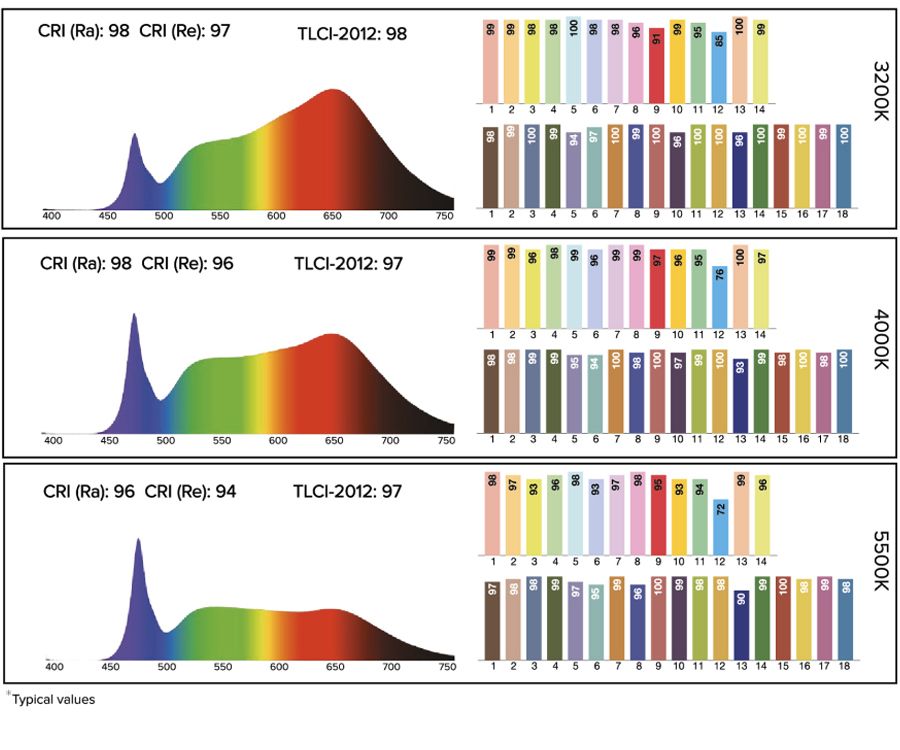Артикул | AX2-50 |
|---|---|
Светодиодный модуль | Светодиодный модуль Titan |
Цвета | RGB+мята+янтарь |
Общая мощность светодиодов | 80 Вт |
Передаваемая мощность светодиодов | 40 Вт |
Световой выход при 2700К | 1 800 люмен |
Световой выход при 3200K | 2 230 люмен |
Световой выход при 5500K | 2 265 люмен |
Освещенность при 2700 К на 1 м | 8 995 люкс |
Освещенность при 3200 K на 1 м | 11 060 люкс |
Освещенность при 5500 K на 1 м | 11 010 люкс |
CRI (Ra)/ TLCI 3200- 6500 K* | ≥96 |
Угол раскрытия луча | 21° |
Угол поля | 42° |
Стробоскопические эффекты | 0 – 25 Гц |
Количество пикселей | 8 |
Время работы от аккумулятора | до 20 часов |
Время работы от батареи (макс. яркость) | 2 h 50 m |
Ресурс аккумулятора | 70 % после 300 циклов |
Время зарядки (номинал) | 5 часов |
Вход переменного тока | 100-240 В переменного тока, 50/60 Гц, 2А, 49 Вт |
Разъем питания переменного тока | PowerCON TRUE1 IN/OUT |
Проводной DMX | Да (via 5-pin XLR) |
CRMX-приемник | Встроенный |
BluetoothBridge BTB | Нет |
BarConnect+ | Да |
Беспроводные протоколы | CRMX, УВЧ |
Диапазон беспроводной связи | CRMX/УВЧ до 300 м |
ИК-управление | Да |
Материал корпуса | Алюминий |
Степень защиты | IP65 |
Рабочая температура окружающей среды | 0 – 40 °C / 32 – 104 °F |
Вес | 4,5 кг |
Размеры без крючка (Д х Ш х Г) | 500 мм x 165 мм x 65 мм |
Размеры с крючком (Д х Ш х Г) | 520 мм x 165 мм x 65 мм |
Варианты монтажа | Авиационная направляющая, 2 ножки AX2 (с резьбой 3/8") |
All specifications provided are typical values and may be subject to change without prior notice.
